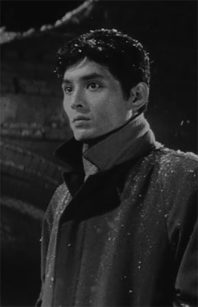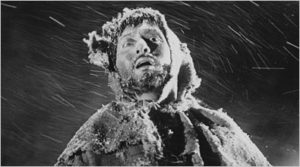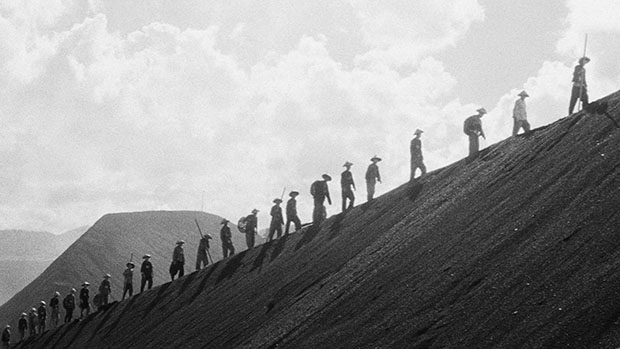
Kaji (Tatsuya Nakadai) is a conscientious objector, taking a tough political stance during Japan’s Showa period. He tries to avoid the war by supervising a mine in Machuria. But little does he know that that job would still expose him to war’s cruelties. Masaki Kobayashi’s The Human Condition is a behemoth of a trilogy. It takes nine hours to cover Kaji as he wears many hats in his life. From being that mining supervisor to being a soldier. And eventually, a man who just wants to go home to his patient wife Michiko (Michyo Aratama).
And throughout this journey he also switches from being a principled man to a self aware monster. He tries to suppress the evil within him while constantly relapsing. This makes The Human Condition relevant today, because it asks its audience what it means to be a man. It’s true now while conversations about masculinity and genocide are in everyone’s tongues. When the Allies defeated Japan, the former forced the latter to have that conversation generations before we’re currently having it. This serves as the kind of mea culpa that Japan was ready to make.
And here it shows men oppressing each other. Putting one another into camps or through grueling torture that the Kwantung Army disguises as training. Kaji even inflicts pain on other people despite of his good intentions. This retrospective makes for difficult viewing occasionally, showing its audiences the death that war causes. Audiences see it through the small defenses in Seven Samurai or the bones in The Ballad of Narayama. Both those movies show a country in defeat. This one shows both defeat and delusions of victory and the sadism in how those delusions manifest.
I’m specifically watching this as a descendant of one of the many victims of that Japanese Empire. The Chinese women forced to do sex work in the trilogy’s first installment, No Greater Love. They remind me of my great grandmother. She was one of many women hiding in sewers in fear of being a rape victim. Kaji as a recruit and as a prisoner of war also had to survive. He does so while superiors and enemies both made him walk long distances. Those images just reminded me of the Death March in the Philippines.
The film seems to want me to empathize with men like Kaji. Who ended up watching his fellow soldiers inflict the same pain they experience on others. Who loved his wife Michiko (Michiyo Aratama) more than he loved and agreed with his country. And it manages to do that and more. It also shows both the cinematic and historical shock waves that their Empire inflicted on their Pacific colonies. A cruelty that its victims still visualize today. The arid deserts and the torture scenes in No Greater Love are the ones that echo the most.
Those scenes will remind audiences of the ones we see when Chinese movies have their own versions of Kaji. The women in No Greater Love remind me of the resilience of women in Asian cinema despite their amoral surroundings. These characters will stir feelings within audiences that they didn’t know they had. But as influential it is, it still follows traditional storytelling pathways. There’s an irony that Kaji avoids military conscription only to end up being a private, and a good one at that. The plot has a cyclical nature showing fate’s inescapable nature.


